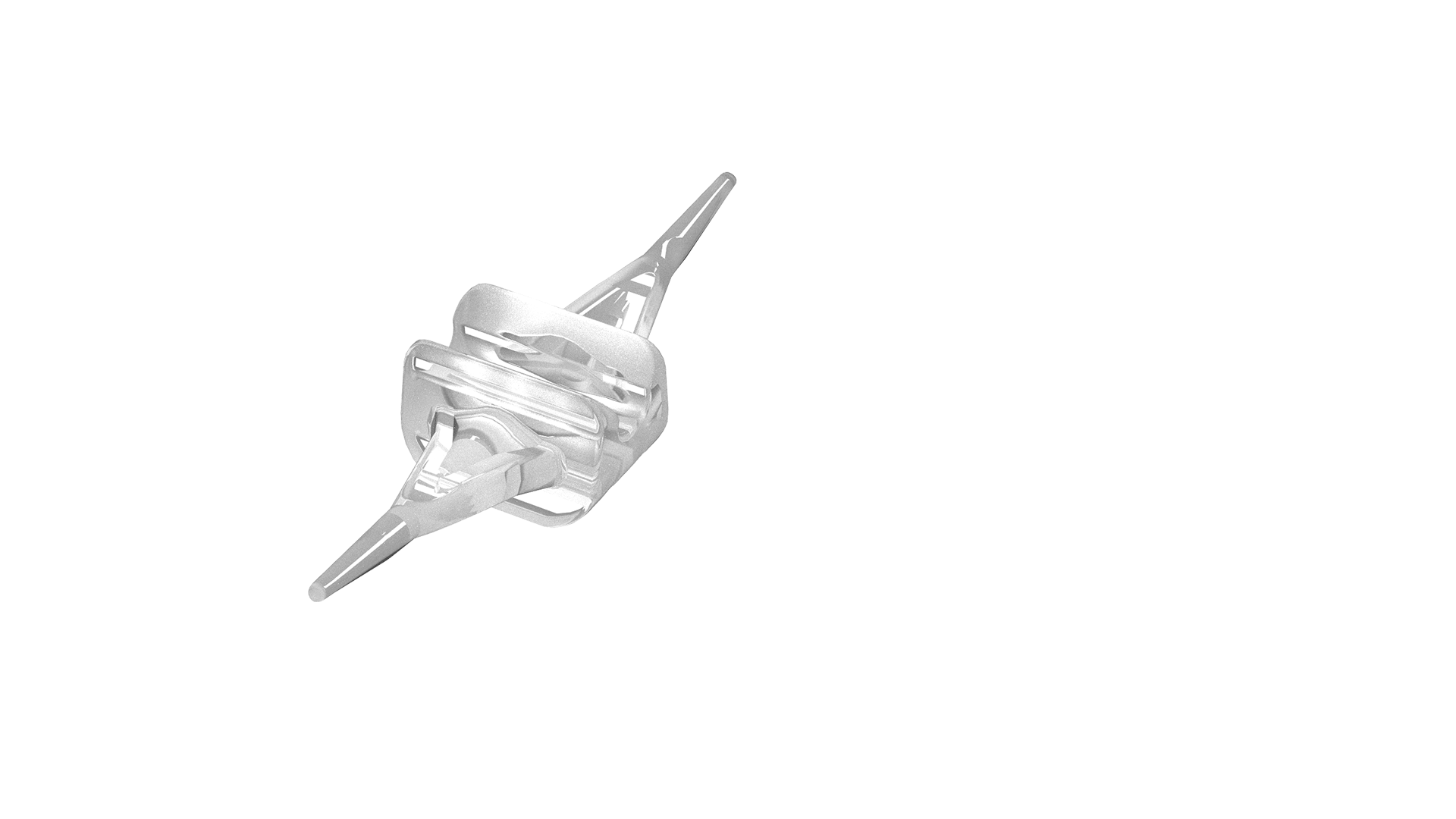
Digitalis Finger Joint Implants
Features
- Flexible elastomeric silicone material
- Anti-rotational design
- Dorsal T hinge for preventing hyper-extension
Arthritis Recovery
The Digitalis PIP system is designed for arthroplasty of the proximal interphalangeal joint. It contains a silicone body device which is implanted using surgical procedure to replace the joint. When implanted, the Digitalis PIP restores natural flexion and extension movement to the affected finger. It ensures PIP joint mobility of between 0-70° and a 15° pre-flexion angle. The latter allows the device to respect normal finger positioning and avoid material overload.
The interphalangeal joints are essential to fine motor control of the fingers. The proximal interphalangeal joint allows for articulation between the proximal and middle phalanx of the hand. As such, any disruption or damage to the PIP joint can directly impact patient quality of life by preventing efficient gripping and pinching.
System contents
- Digitalis PIP Reamer
- Digitalis PIP Rasp
- Range of Digitalis PIP Spacers (4 sizes)
- Range of Silicone Digitalis Trials (4 sizes)
- K Wires (80mm, 120mm, 200mm lengths)
- Digitalis Handle
- Set of Digitalis Instrumentation
Interested in the Digitalis Finger Joint Implants?

BRM Extremities is a company dedicated to the design and production of orthopaedic devices for use in the extremities, both upper and lower. They combine modern technologies with extensive medical knowledge to support public and private healthcare professionals. The mission of BRM Extremities is to create a catalogue of quality medical devices that can respond to the increasing demands of the orthopaedic sector. The company is certified to ISO 13485: 2016 and ISO 9001: 2015 standards, and is aware of relevant device regulations in the FDA, CE and ANVISA fields.
Frequently Asked Questions
Digitalis should be used for the treatment of severe arthritis in the hand. This includes rheumatoid arthritis, arthrosis, destroyed joint surfaces, ankylosed joints and joints with a limited range of motion. The system can also be used to treat joints that are non-functional due to bone misalignment.
The main contraindications that surgeons must be aware of are:
- Inadequate musculo-tendon and skin mass.
- Inadequate bone stock.
- Patient has an in-progress infection or active sepsis.
- Significant stage bone demineralisation.
- Inadequate neuro-vascular system.
- Child patients.
Those suffering from PIP joint arthritis typically present with swelling around the middle of the fingers. This is often accompanied by sensitivity and stiffness surrounding the joints, with both symptoms increasing in severity relative to one another.
Rheumatoid arthritis symptoms can manifest in a range of upper and lower extremity joints. Of these, the most commonly affected are the joints in the hands, wrists, elbows, knees, ankles and shoulders. This includes the MCP and PIP joints.